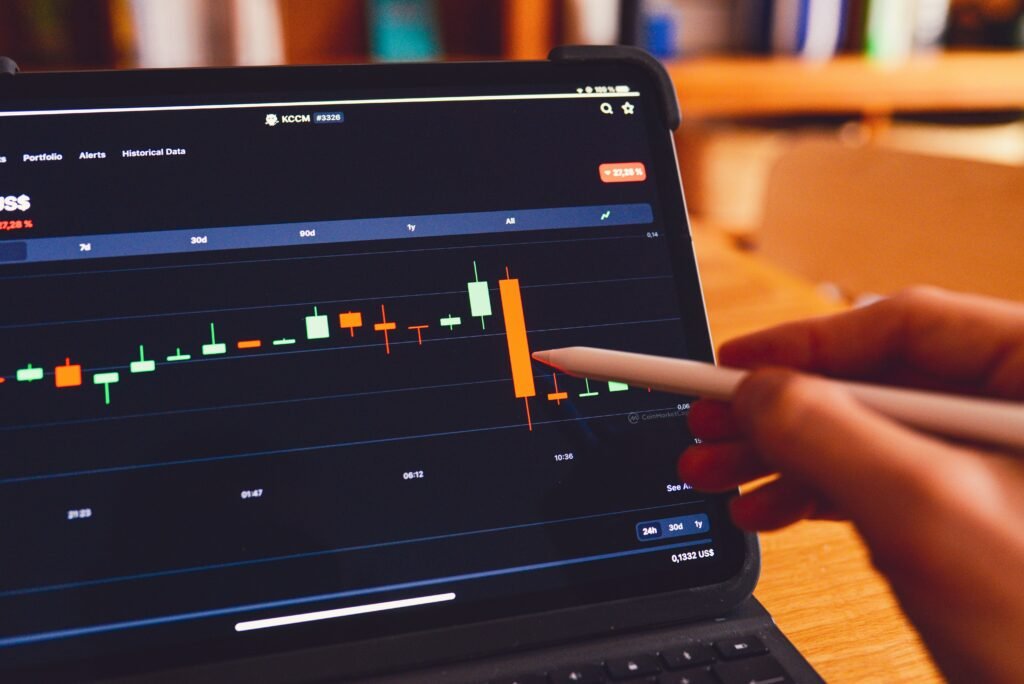BlackRock is preparing a major push into ETFs tokenization, moving traditional exchange-traded funds and real-world assets (RWA) onto blockchain rails to enable on-chain trading and faster settlement. The firm’s BUIDL program and internal plans suggest ETFs tokenization aims to bring 24/7 liquidity, tighter instrument composability with DeFi, and broader use of crypto as collateral. Who is involved, what moves are planned, when approvals might arrive, where this will operate, why it matters, and how it will work are already shaping market chatter. Regulatory approval remains the gating factor for ETFs tokenization timelines and market rollout. Early coverage from industry commentators and project teams frames this as a potential bridge between Wall Street and decentralized finance.
BlackRock’s etfs tokenization
BlackRock is the central actor in this effort, expanding its BUIDL program toward full ETFs tokenization across markets where it operates. By layering tokenization on existing ETF structures, BlackRock hopes to offer tokenized shares that represent underlying RWA and securities in a compliant wrapper. Industry voices such as James Seyffart and Graeme Moore highlight how BlackRock’s scale could normalize ETFs tokenization and prompt other asset managers to follow. The move leverages blockchain infrastructure while keeping regulatory compliance top of mind, a balance needed for institutional uptake.
etfs tokenization benefits
The core benefits of ETFs tokenization are operational and strategic. Settlements can move from T+2 to near-instant on-chain transfers, improving capital efficiency and reducing counterparty risk. Tokenized ETFs can plug into DeFi primitives—lending, staking, and automated market makers—creating new yield pathways for investors. For issuers, tokenization increases distribution flexibility and could lower frictions for cross-border exchange. Those gains, however, depend on technical standards and custody models that support real-world assets (RWA) on-chain.
etfs tokenization regulators
Regulatory approval is the deciding variable for how fast ETFs tokenization rolls out. BlackRock’s filings and discussions with regulators will determine permissible structures, custody rules, and market access for tokenized ETFs. Expectations are that approvals will be incremental: pilots and sandboxes first, then broader applications if regulators validate on-chain controls and investor protections. Clear rules on custody, settlement finality, and anti-money-laundering measures will shape the design of any approved ETFs tokenization products.
etfs tokenization impact
If approved, ETFs tokenization could shift capital into on-chain ecosystems and alter market structure by giving institutions an on-ramp to DeFi liquidity. Ethereum and other smart-contract platforms stand to benefit as primary settlement layers, though multi-chain designs are possible. The presence of BlackRock-backed tokenized funds could expand RWA markets, increase institutional collateral on-chain, and accelerate new product innovation tied to tokenization. Market participants should watch regulatory signals and pilot outcomes to assess risk and opportunity windows.
Frequently asked questions about etfs tokenization (faq)
What exactly is etfs tokenization?
ETFs tokenization is the representation of an exchange-traded fund or its shares as a digital token on a blockchain, allowing trading, settlement, and composability in on-chain environments.
Why is BlackRock pursuing etfs tokenization now?
BlackRock’s BUIDL program and industry momentum make tokenization attractive for improving settlement speed, unlocking DeFi integrations, and broadening market access for real-world assets (RWA).
When will etfs tokenization launch?
Launch hinges on regulatory approval. Expect phased rollouts—pilots or permissioned launches first—once regulators clarify custody and investor protection requirements.
What risks should investors watch?
Key risks include regulatory uncertainty, custody and smart-contract vulnerabilities, liquidity fragmentation across chains, and execution differences between on-chain and off-chain markets.
How will DeFi benefit from etfs tokenization?
DeFi could gain high-quality, institutional-grade collateral and larger pools of tradable assets, enabling novel lending, yield, and hedging products integrated with tokenized ETFs.
BlockAI, reporting on bridging crypto and mainstream finance, will track approvals, pilot announcements, and how the BUIDL program evolves as ETFs tokenization progresses.



